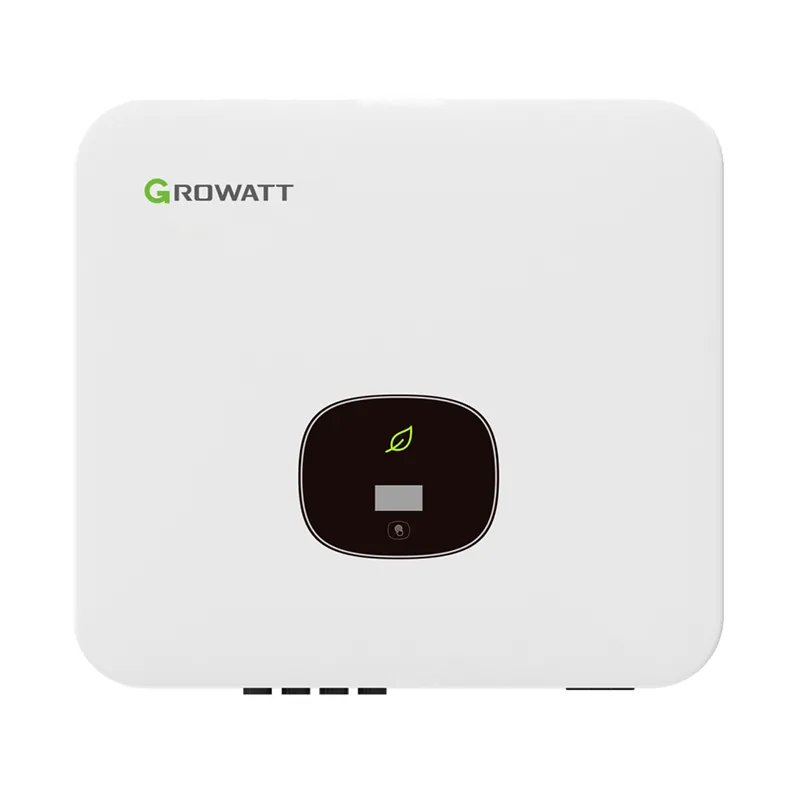Exploring the Current Market Rates for 10kW Inverters and Their Value for Renewables
Understanding the Price of 10 kW Inverters An Overview
In recent years, the demand for renewable energy sources has surged, primarily due to an increasing awareness of climate change and the need for sustainable solutions. In this landscape, inverters play a crucial role in solar power systems, converting the direct current (DC) generated by solar panels into alternating current (AC) that can be utilized by homes and businesses. Among various inverter sizes, the 10 kW inverter has gained prominence due to its capability to handle substantial power loads, making it an ideal choice for medium-sized residential installations and small commercial enterprises. This article delves into the factors influencing the price of 10 kW inverters and what potential buyers should consider.
Price Range of 10 kW Inverters
As of 2023, the price of 10 kW inverters typically ranges from $1,500 to $4,500
. However, several factors can impact this price, including brand reputation, inverter type, features, and installation costs.1. Type of Inverter There are primarily two types of inverters string inverters and microinverters. String inverters are generally more affordable, as they are designed to connect multiple solar panels in a series. On the other hand, microinverters are typically more expensive but offer better performance, especially in shaded areas or complex rooftops. For customers looking for optimal efficiency and performance, investing in microinverters might be worth the higher initial cost.
2. Brand and Warranty Renowned brands may charge more for their products due to their reputation for reliability and performance. Many leading inverter manufacturers also offer extensive warranties, often ranging from 5 to 25 years. A longer warranty period can provide peace of mind, ensuring that any issues can be addressed without incurring additional costs.
10kw inverter price

3. Features and Technology The latest technological advancements in inverters can also affect pricing. Features such as monitoring capabilities, smart grid compatibility, and energy storage integration can increase the cost. Buyers should consider whether these additional features justify the price for their particular energy needs.
4. Installation Costs While the inverter itself is a significant part of the overall cost, installation expenses should not be overlooked. Depending on the complexity of the system, installation costs can add anywhere from $1,000 to $3,000 to the overall price. It's essential to get a detailed quotation from a certified installer to understand the complete financial commitment.
The Importance of Quality
When investing in a 10 kW inverter, potential buyers should prioritize quality over cost alone. A cheaper inverter might save money upfront but could lead to higher maintenance costs or even premature failure, resulting in downtime and loss of energy production.
Conclusion
The price of 10 kW inverters varies significantly based on several factors, including inverter type, brand, features, and installation costs. Potential buyers should carefully evaluate their specific energy needs, budget constraints, and the available options before making a purchase. Investing in a high-quality inverter can ensure long-term efficiency and reliability, ultimately contributing to a sustainable energy future. As the renewable energy market continues to grow, understanding the nuances of inverter pricing will empower consumers to make informed decisions that best suit their energy requirements.
-
String Solar Inverter: The High-Efficiency Solution for Smart Solar EnergyNewsJul.14,2025
-
Revolutionizing Rooftop Energy with the Power of the Micro Solar InverterNewsJul.14,2025
-
Power Independence with Smart Off Grid Solar Inverter SolutionsNewsJul.14,2025
-
On Grid Solar Inverter: Powering the Future with Smart Grid IntegrationNewsJul.14,2025
-
Monocrystalline Solar Panels: High-Efficiency Power for the Future of Clean EnergyNewsJul.14,2025
-
Bifacial Solar Panel: A Smarter Investment for Next-Generation Energy SystemsNewsJul.14,2025







